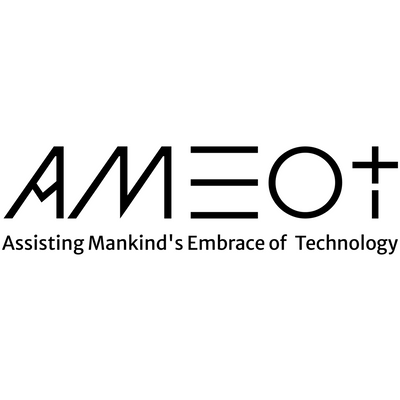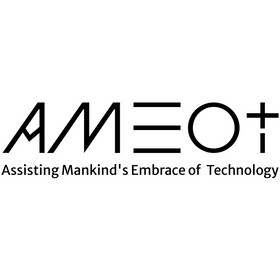AMEOT Reports: Ransomware, Statistically Speaking...

Ransomware has become a pervasive threat across the United States, affecting businesses, government agencies, and individuals alike. By examining statistical data on ransomware attacks, we can better understand their frequency, magnitude, sustainability, and the likelihood of criminal charges for perpetrators. This blog aims to highlight key patterns in ransomware activity and project future trends, emphasizing the importance of proactive cybersecurity measures like AMEOT’s Sentry suite.
Frequency of Ransomware Attacks
Ransomware attacks have surged in recent years. According to SonicWall’s 2021 Cyber Threat Report, there were 304.6 million ransomware attacks globally in the first half of 2021, representing a 151% increase compared to the same period in 2020. In the U.S., there was a 185% increase in ransomware attacks during this period, making it the most targeted country.
The FBI’s Internet Crime Complaint Center (IC3) reported 2,474 ransomware incidents in 2020, with adjusted losses exceeding $29.1 million. These figures are likely underreported, as many incidents go unreported due to reputational concerns.
Magnitude of Ransomware Attacks
The financial impact of ransomware is substantial. The average ransom payment increased by 171% in 2020, reaching $312,493, according to Palo Alto Networks’ Unit 42. The total cost of ransomware attacks, including ransom payments, recovery costs, and business interruption, was estimated to be $20 billion in 2021 by Cybersecurity Ventures. This figure is projected to reach $265 billion by 2031 if current trends continue.
Sustainability of Ransomware
Ransomware attacks have proven to be a sustainable and lucrative business model for cybercriminals. The rise of Ransomware-as-a-Service (RaaS) has lowered the barrier to entry for cybercriminals, enabling even those with limited technical skills to launch sophisticated attacks. This model also provides a steady revenue stream for developers who receive a cut of the ransom payments.
The increasing use of cryptocurrencies for ransom payments, coupled with the anonymity they provide, further supports the sustainability of ransomware operations. Cybercriminals can quickly receive payments and launder the proceeds with minimal risk of detection.
Likelihood of Criminal Charges
Despite the significant impact of ransomware attacks, prosecuting cybercriminals remains challenging. The anonymity provided by the internet, the use of cryptocurrencies, and the international nature of many cybercrime operations make it difficult to identify and apprehend perpetrators. However, law enforcement agencies are ramping up efforts to combat ransomware.
In June 2021, the U.S. Department of Justice announced the creation of a Ransomware and Digital Extortion Task Force aimed at disrupting ransomware operations and bringing perpetrators to justice. The increased focus on ransomware by law enforcement agencies worldwide could lead to more prosecutions in the future, but the likelihood of a significant reduction in attacks remains uncertain.
Historical Data and Future Projections
Historical data shows a clear upward trend in ransomware attacks. If this trend continues, the number of attacks and the associated costs will likely increase dramatically. Based on the current annual growth rate of approximately 36%, we can project the following for ransomware damages:
- 2022: $27.2 billion
- 2023: $37.0 billion
- 2024: $50.3 billion
- 2025: $68.4 billion
- 2026: $93.0 billion
The likelihood of a company or government agency being targeted by ransomware is also increasing. According to a 2021 survey by Sophos, 37% of organizations experienced a ransomware attack in 2020. This percentage is expected to rise as cybercriminals continue to refine their tactics and target more lucrative victims.
The Value of AMEOT’s Sentry Suite
Given the growing threat and financial impact of ransomware, organizations must adopt proactive cybersecurity measures. AMEOT’s Sentry suite offers application isolation, MFA, advanced threat detection, automated response, and continuous monitoring to prevent ransomware attacks before they cause harm. By adopting a proactive approach, organizations can significantly reduce the risk of cyber attacks and the associated costs.
Conclusion
The statistical analysis of ransomware attacks reveals a disturbing trend of increasing frequency, magnitude, and sustainability. As cybercriminals continue to evolve their tactics, traditional reactive cybersecurity measures are insufficient. Organizations need to adopt proactive solutions like AMEOT’s Sentry suite to protect themselves from the growing ransomware epidemic.
Disclaimer: The projections and financial impacts discussed in this blog are based on publicly available data and industry reports. The figures are estimates and may vary based on specific circumstances.
References
- SonicWall 2021 Cyber Threat Report
- FBI Internet Crime Complaint Center (IC3) 2020 Internet Crime Report
- Palo Alto Networks Unit 42 Ransomware Threat Report 2021
- Cybersecurity Ventures: 2021 Global Ransomware Damage Costs
- Sophos 2021 State of Ransomware Report
Call to Action
Ready to explore how AMEOT can transform your security posture? Let's discuss your current strategy and see if we can bring about a positive change for your organization. Book a 30-minute call with us here and discover the proactive protection your organization deserves.






